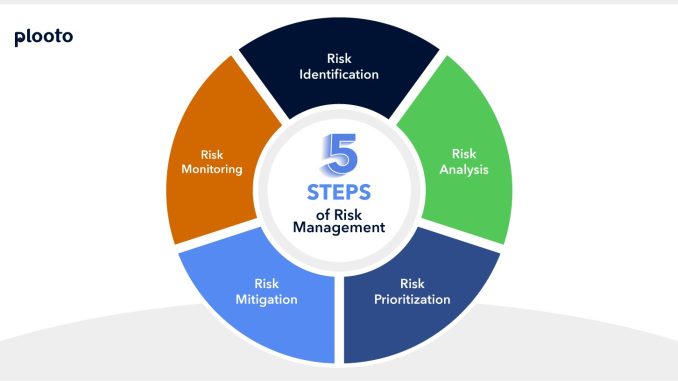
Evaluating business risks is one of the most critical responsibilities for any leader or decision-maker. It’s not just about identifying what could go wrong—it’s about understanding the nature of those risks, their potential impact, and how to respond in a way that protects the business while enabling growth. Done well, risk evaluation becomes a strategic advantage. It helps organizations anticipate challenges, allocate resources wisely, and make confident decisions even in uncertain environments. But doing it the right way requires more than just a checklist or a spreadsheet. It demands thoughtful analysis, context, and a willingness to look beyond the obvious.
The first step in evaluating risk effectively is to recognize that not all risks are created equal. Some are external, like market volatility, regulatory changes, or supply chain disruptions. Others are internal, such as operational inefficiencies, talent gaps, or cultural misalignment. Each type of risk carries different implications and requires different strategies. For example, a company expanding into a new geographic market might face regulatory hurdles and cultural differences—external risks that demand local expertise and careful planning. At the same time, it might struggle with internal readiness, such as whether its systems and teams can support the expansion. Evaluating these risks in isolation misses the bigger picture. The right approach considers how risks interact and compound.
Context is essential. A risk that’s significant for one business might be negligible for another. A startup with limited capital might view a delayed product launch as existential, while a larger firm might absorb the delay without major consequences. Understanding the business’s specific circumstances—its goals, resources, and vulnerabilities—helps frame risks appropriately. This requires input from across the organization. Finance teams can assess exposure, operations can flag dependencies, and customer-facing teams can highlight reputational concerns. When these perspectives are brought together, the evaluation becomes more holistic and accurate.
Quantifying risk is important, but it’s not the whole story. Metrics like probability and impact provide structure, but they don’t capture nuance. A risk with low probability but high impact—such as a cybersecurity breach—might warrant more attention than a more likely but less damaging issue. Similarly, some risks are difficult to quantify, like brand erosion or employee disengagement. These intangible risks can be just as damaging as financial ones, especially over time. Evaluating them requires judgment, experience, and sometimes a bit of intuition. It’s about asking the right questions: What would happen if this risk materialized? How quickly could we respond? What would the long-term consequences be?
Scenario planning is a valuable tool in this process. By imagining different futures—best case, worst case, and most likely—businesses can test their assumptions and explore how risks might unfold. This doesn’t mean predicting the future with certainty, but rather preparing for a range of possibilities. A manufacturing company might consider what would happen if a key supplier failed, if demand surged unexpectedly, or if new regulations were introduced. Each scenario reveals different vulnerabilities and opportunities. The goal is not to eliminate risk, but to understand it well enough to make informed choices and build resilience.
Timing matters too. Risk evaluation isn’t a one-time exercise—it’s an ongoing discipline. As conditions change, so do risks. A strategy that made sense six months ago might be risky today due to shifts in technology, competition, or customer behavior. Regular reviews help ensure that risk assessments remain relevant and actionable. They also foster a culture of vigilance, where teams are encouraged to surface concerns early and think proactively. This kind of culture doesn’t just manage risk—it embraces it as part of doing business.
Communication is another critical element. Risks need to be discussed openly and clearly, especially at the leadership level. Sugarcoating or downplaying risks can lead to poor decisions and missed opportunities. At the same time, overreacting can create paralysis or unnecessary fear. The right approach strikes a balance—acknowledging risks honestly, exploring responses thoughtfully, and aligning stakeholders around a shared understanding. When leaders communicate about risk with transparency and confidence, they build trust and enable faster, more coordinated action.
Ultimately, evaluating business risks the right way is about perspective. It’s about seeing risk not just as a threat, but as a signal—something that reveals where the business is exposed, where it needs to grow, and where it can find opportunity. It’s about being curious, analytical, and courageous. The best risk evaluations don’t just protect the business; they strengthen it. They lead to smarter strategies, better decisions, and a more resilient organization. And in a world where uncertainty is the norm, that kind of strength is not just valuable—it’s essential.